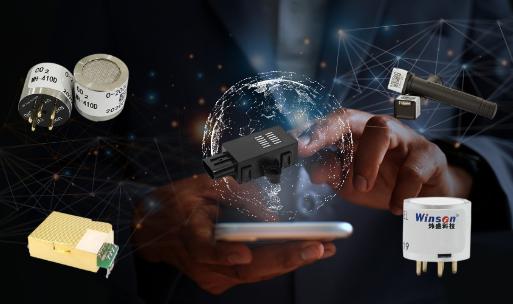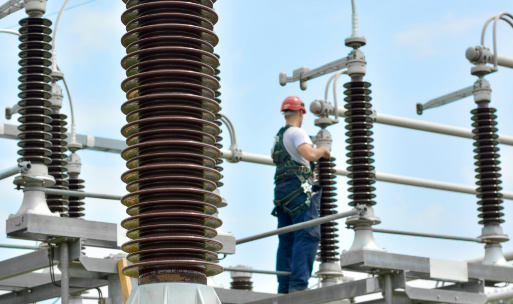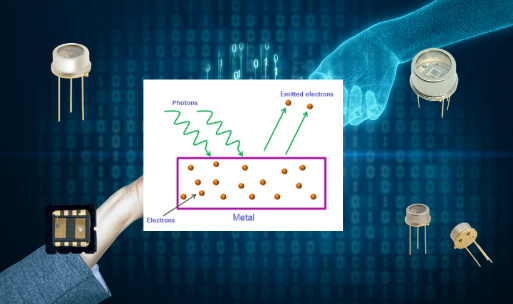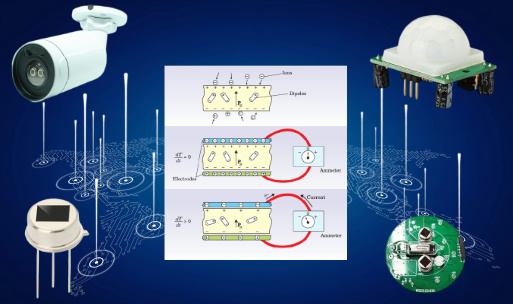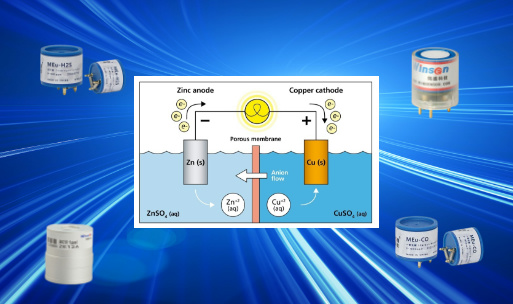Semiconductor: Principles, Types, Materials, and Applications
1. Introduction
The world of modern electronics and computing rests on the shoulders of a fundamental class of materials: semiconductors. From smartphones to solar panels, semiconductors power our digital age. They form the basis of integrated circuits (ICs), transistors, and virtually every digital device. Understanding how semiconductors work is essential for anyone involved in electronics, engineering, or computer science.
2. What is a Semiconductor?
A semiconductor is a material whose electrical conductivity lies between that of a conductor (like copper) and an insulator (like glass). This unique property makes semiconductors ideal for controlling electrical current, enabling their use in a wide range of electronic devices.
Key property: Semiconductors can behave either as conductors or insulators depending on environmental conditions (temperature, doping, light, etc.).
3. Electrical Conductivity of Semiconductors
Conductivity in semiconductors is primarily governed by the number of charge carriers — electrons and holes.
- At absolute zero, semiconductors behave like insulators.
- With increasing temperature, thermal energy excites electrons from the valence band to the conduction band.
- This generates electron-hole pairs, which are responsible for current flow.
4. Types of Semiconductors
4.1 Intrinsic Semiconductors
These are pure semiconductors without any significant impurity.
- Examples: Pure Silicon (Si), Germanium (Ge)
- Conductivity arises from thermal excitation of electrons.
- Equal number of electrons and holes.
4.2 Extrinsic Semiconductors
These are semiconductors doped with specific impurities to alter their electrical behavior.
- Much more conductive than intrinsic semiconductors.
- Classified as n-type or p-type based on the doping element.
5. Doping in Semiconductors
Doping introduces impurities into a semiconductor crystal to increase its conductivity.
5.1 N-type Semiconductor
- Doped with elements having 5 valence electrons (e.g., Phosphorus, Arsenic).
- Extra electrons become free carriers.
- Electrons are majority carriers, holes are minority carriers.
5.2 P-type Semiconductor
- Doped with elements having 3 valence electrons (e.g., Boron, Gallium).
- Creates "holes" (absence of an electron).
- Holes are majority carriers, electrons are minority carriers.
6. Band Theory and Energy Bands
The electrical properties of semiconductors are best understood through band theory.
- Valence Band: Occupied by electrons.
- Conduction Band: Higher energy band where free electrons reside.
- Band Gap (Eg): Energy difference between valence and conduction band.
| Material | Band Gap (eV) |
|---|---|
| Silicon | 1.1 |
| Germanium | 0.66 |
| Gallium Arsenide | 1.43 |
Smaller band gaps make it easier for electrons to jump to the conduction band.
7. Semiconductor Materials
Semiconductor materials are broadly categorized as:
Elemental Semiconductors
- Silicon (Si) – most widely used
- Germanium (Ge)
Compound Semiconductors
- Gallium Arsenide (GaAs)
- Indium Phosphide (InP)
- Silicon Carbide (SiC)
- Gallium Nitride (GaN)
Organic Semiconductors
- Used in flexible electronics and OLEDs
8. Common Semiconductor Devices
8.1 Diodes
- Allow current in one direction
- Used in rectifiers, LEDs, and voltage regulators
8.2 Transistors
- Act as electronic switches or amplifiers
- Types: Bipolar Junction Transistors (BJT), Field-Effect Transistors (FET)
8.3 Integrated Circuits (ICs)
- Contain millions of transistors in a small chip
- Found in CPUs, GPUs, memory devices
8.4 Photodetectors
- Convert light to electrical signals
- Used in cameras, optical sensors
8.5 Light-Emitting Diodes (LEDs)
- Emit light when current flows through
- Used in displays, lighting, and indicators
9. Applications of Semiconductors
| Industry | Application |
|---|---|
| Consumer Electronics | Smartphones, TVs, Laptops |
| Automotive | Sensors, ECU, EV power systems |
| Aerospace | Navigation systems, communication |
| Energy | Solar cells, smart grids |
| Healthcare | Imaging systems, diagnostics |
| Telecommunications | Routers, modems, base stations |
10. Semiconductor Fabrication Process
Creating a semiconductor device is a highly intricate process involving:
- Wafer preparation (slicing silicon ingots)
- Oxidation (growing an oxide layer)
- Photolithography (patterning with light-sensitive materials)
- Etching (removing unwanted material)
- Doping (implanting ions)
- Metallization (adding conductive contacts)
- Packaging (encapsulating the chip)
A state-of-the-art semiconductor fab may cost over \$10 billion and require extremely clean environments (Class 1 cleanrooms).
11. Semiconductor Physics: Key Parameters
- Carrier Mobility: Speed at which electrons/holes move
- Resistivity: Opposite of conductivity
- Recombination Rate: Rate at which electrons and holes annihilate
- Drift and Diffusion: Mechanisms of carrier motion
- Junction Capacitance: Important in high-speed circuits
12. Future of Semiconductor Technology
Semiconductors are entering a new era with:
- Nanotechnology: Transistors smaller than 5 nm
- Quantum Computing: Using quantum bits (qubits) instead of binary
- 3D ICs: Stacking layers for higher density
- Flexible Semiconductors: For wearable and foldable devices
- AI-Specific Chips: Custom hardware for deep learning
13. Challenges in the Semiconductor Industry
- Scaling Limits: Approaching physical limits of silicon
- Supply Chain Disruptions: Geopolitical and pandemic effects
- Fabrication Cost: Advanced nodes are extremely expensive
- Environmental Impact: High water and energy consumption
14. Semiconductor vs Conductor vs Insulator
| Property | Conductor | Semiconductor | Insulator |
|---|---|---|---|
| Band Gap | ~0 eV | 0.1 – 3 eV | >5 eV |
| Conductivity | High | Moderate (variable) | Very low |
| Temperature Effect | Decreases | Increases | No significant effect |
| Examples | Copper, Silver | Silicon, GaAs | Glass, Rubber |
15. FAQs
Q1: Why is silicon the most used semiconductor?
Silicon is abundant, easy to purify, has an ideal band gap, and forms a stable oxide (SiO₂) for use in MOSFETs.
Q2: What’s the difference between n-type and p-type semiconductors?
N-type has more electrons; p-type has more holes. They form the basis for diodes and transistors.
Q3: What is Moore’s Law?
It’s the prediction that the number of transistors on a chip doubles approximately every 18–24 months, enhancing performance.
Q4: Are semiconductors used in solar panels?
Yes, photovoltaic cells are made from semiconductor materials like silicon.
16. Conclusion
Semiconductors have transformed the way we live, communicate, and compute. Their unique ability to conduct under controlled conditions has made them the foundation of modern technology. Whether you're using a smartphone, powering a satellite, or building artificial intelligence systems, semiconductors are at the heart of it all.
As we look to the future with quantum computing, nanoelectronics, and AI acceleration, semiconductors will remain the beating heart of innovation. Understanding their principles, materials, and applications is essential for scientists, engineers, and technologists alike.
